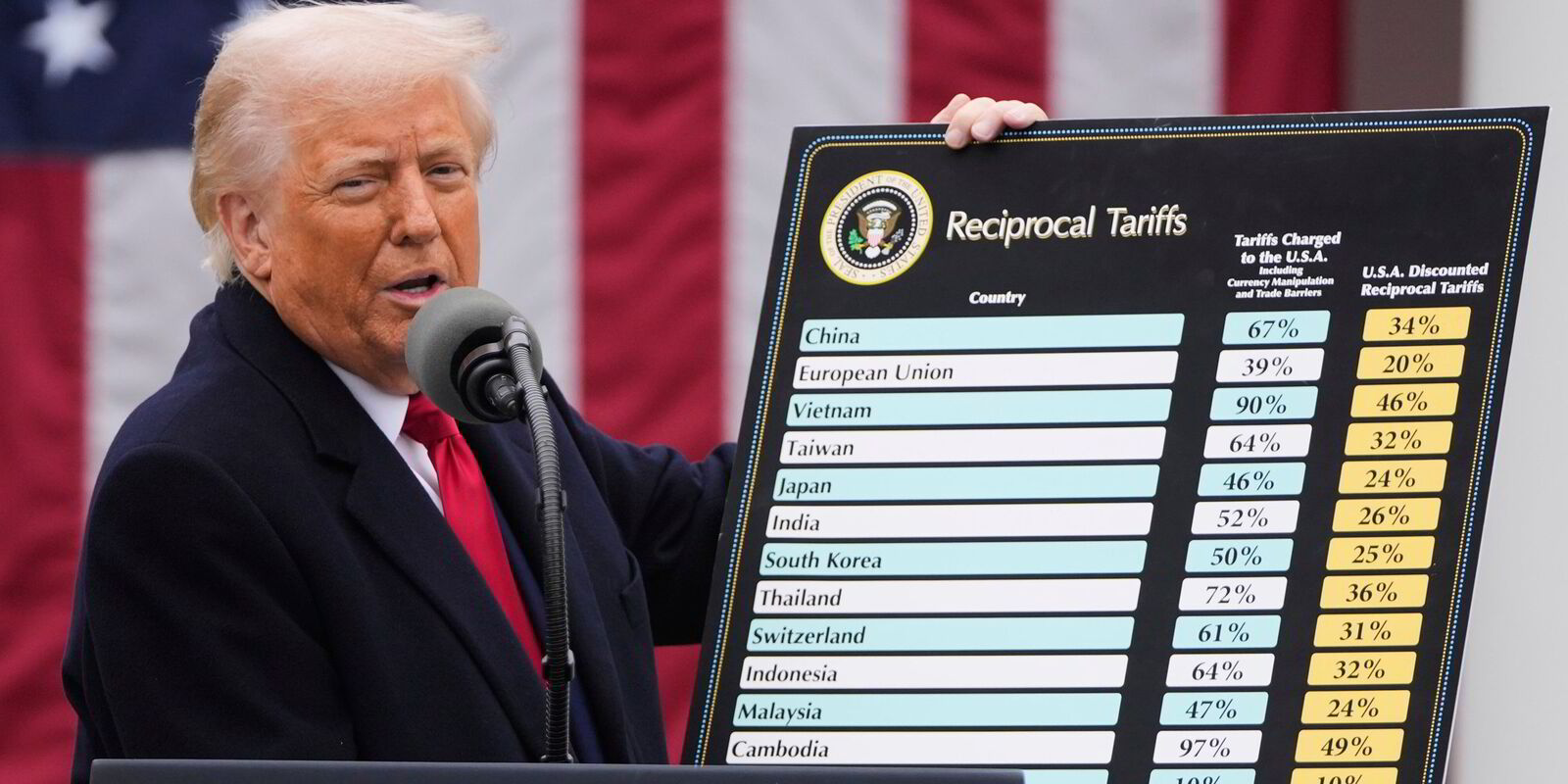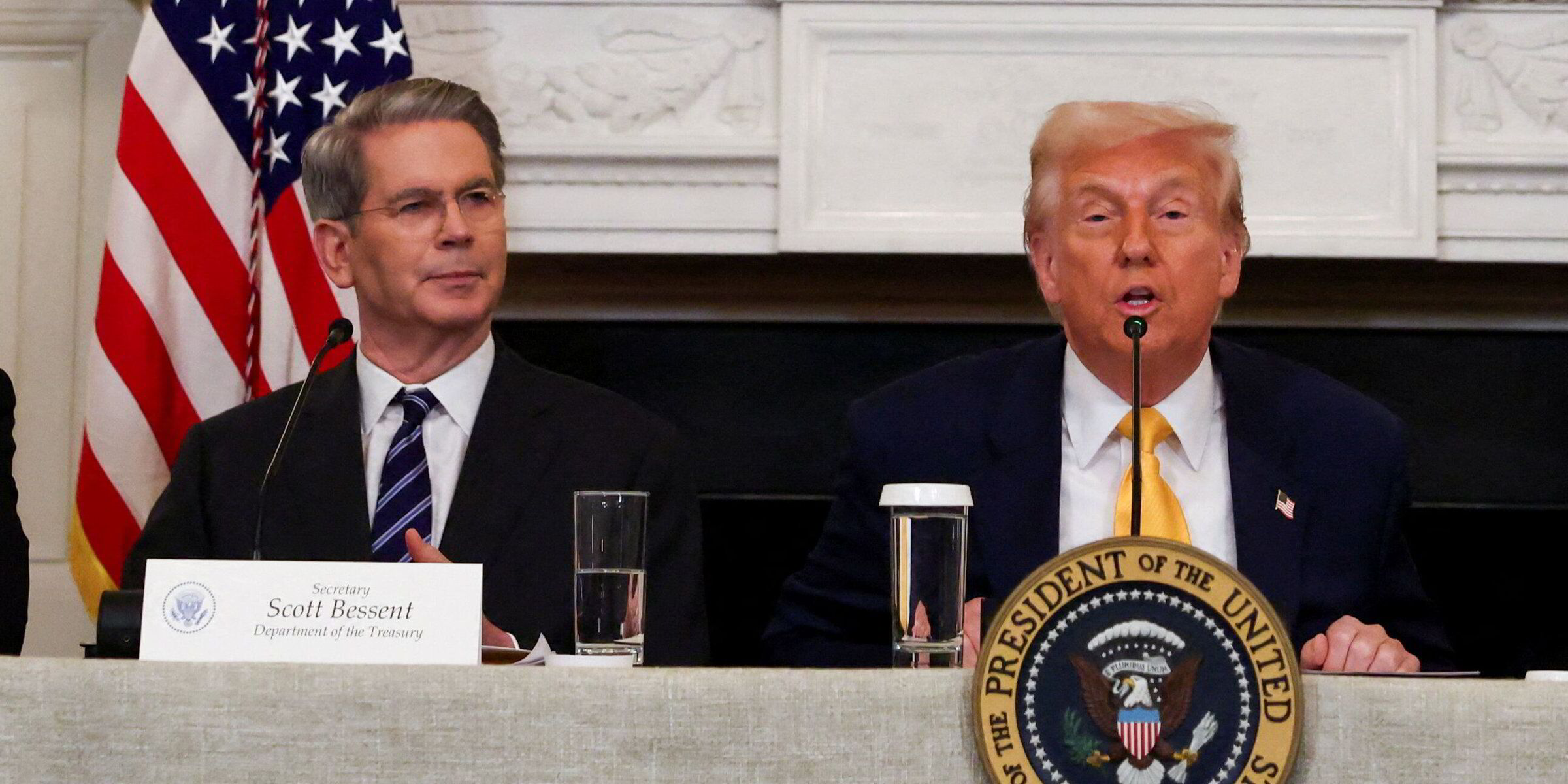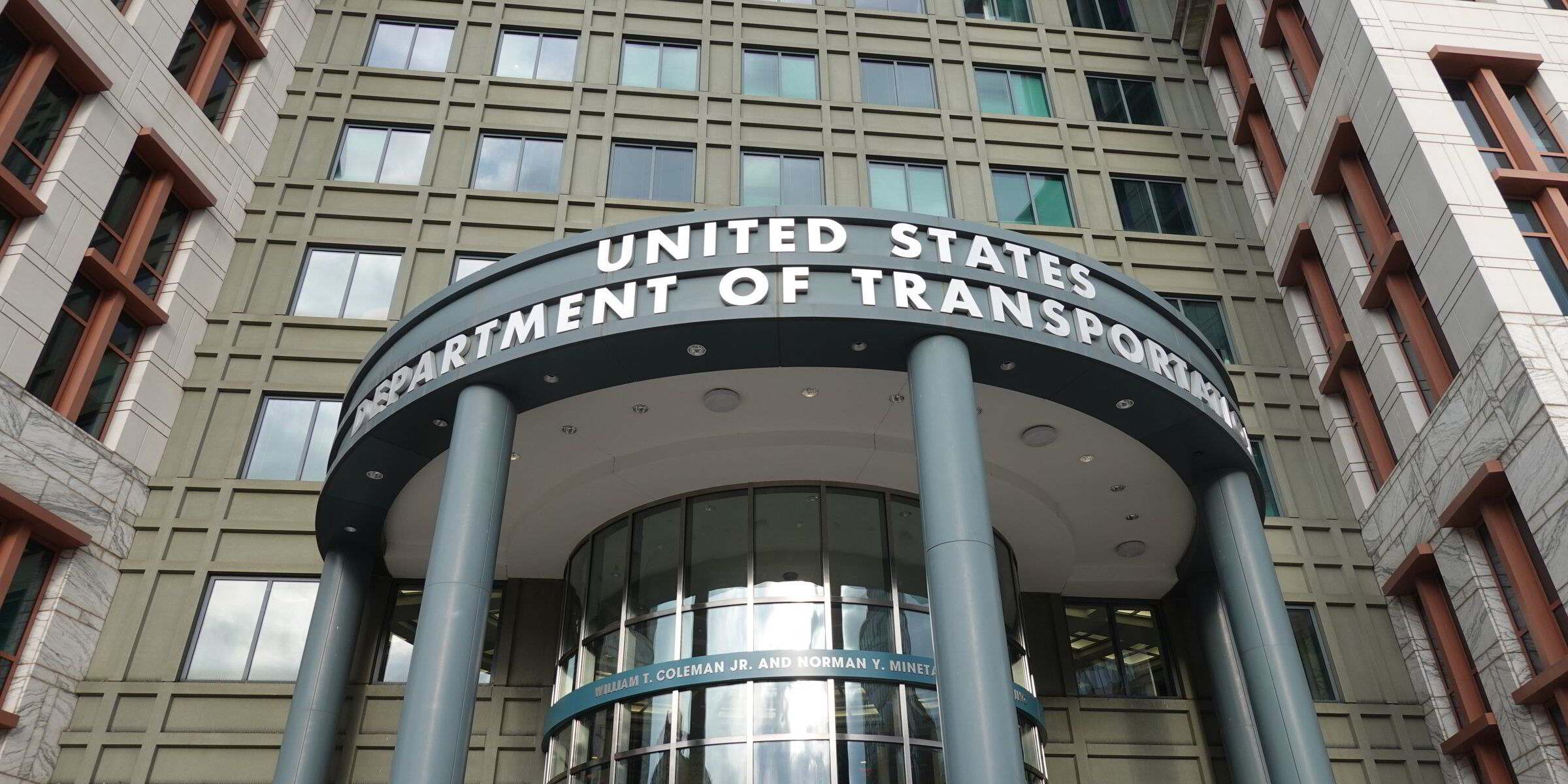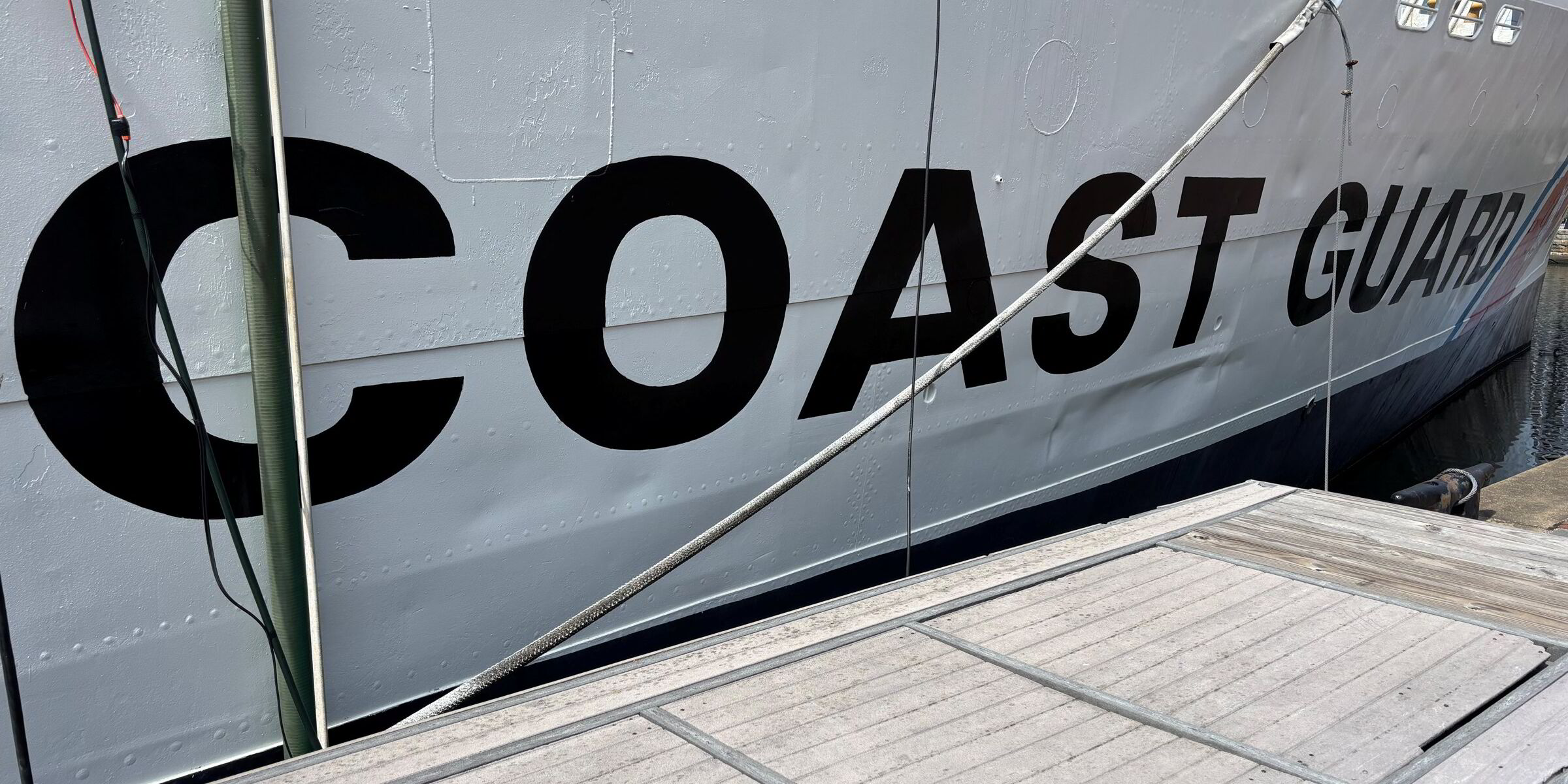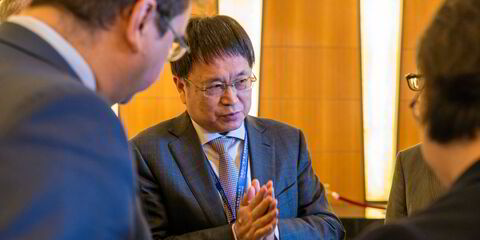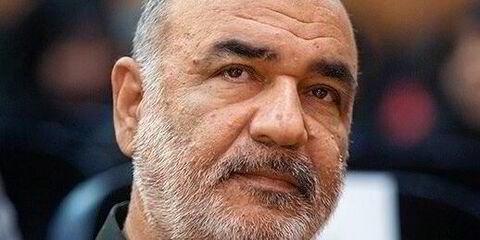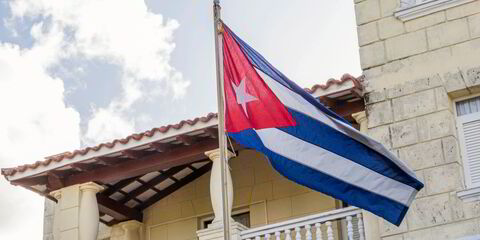US President Donald Trump will sign an executive order instituting reciprocal tariffs “on countries throughout the world” to counter barriers across America’s trade relationships.
The tariffs start at a minimum of 10% and include a 34% charge on Chinese imports, 20% on goods from the European Union and increasing to 50% on Lesotho imports.
Speaking on what he has dubbed “Liberation Day”, he said the measures would not just push back against other countries’ tariffs but also other barriers that disadvantage US exports abroad.
“Reciprocal — that means they do it to us and we do it to them,” Trump said in the White House Rose Garden. “Very simple. Can’t get any simpler than that.”
He couched the move as part of a “declaration of economic independence” amid a variety of tariffs and charges imposed by US trade partners, with measures including value-added taxes on imports.
Trump said the reciprocal tariffs would start on Thursday, in addition to 25% tariffs on imported vehicles that would begin at midnight.
Trump described the planned reciprocal tariff levels as “discounts” on the true trade barriers from each of the nations listed.
He then asked commerce secretary Howard Lutnick to stand up and hand him a table of the fees.
‘Discounted’ rates
The table showed the highest tariff would be paid by Cambodia, whose 49% charge is smaller than the 97% that US officials claim the Asian nation charges the US.
China’s 34% was a discount on 67%, while the EU’s 20% charge compares with 39% imposed by Brussels.
The White House later tweeted an expanded table that showed many countries, including in Latin America, paying only 10%. Africa and Asia face the highest tariffs, with Lesotho heading toward 50% charges and Cambodia, Laos, Sri Lanka, Vietnam and Madagascar all paying more than 40%.
The US president has couched the tariff plan as the way to “Make America Wealthy Again” by raising levies to help US industry and reduce taxes.
“Now we’re going to pass the largest tax cuts in American history,” Trump said.
The president mentioned shipbuilding among the industries he wants to support, arguing that one Chinese yard can build as many ships as all of the US’ facilities.
“From this day on, we’re not going to let anyone tell us American workers and families cannot have the future that they deserve,” Trump said.
“We are going to produce the cars, ships, chips, airplanes, minerals and medicines we need right here in America,” he said.
Opposition Democrats complained of the costs of the tariff plan on the US economy.
Senator Mark Kelly of Arizona, who has been working across the aisle with Republicans, questioned whether “liberation day” would liberate Americans from their savings and pensions.
“His tariffs are going to be a giant tax on American families, raising the price of groceries, housing, cars and so much more,” he said on X.
Neighbours not included
The “liberation day” tariffs make no mention of the US’ top-two trade partners — Mexico and Canada.
Senior administration officials said on Wednesday that the two countries will not be subject to the new tariff regime but will continue to face tariffs already imposed by the Trump administration, according to the Wall Street Journal.
Stock market futures fell after the announcement, after losing and then regaining ground in regular trading on Wednesday.
Among shipping stocks, New York-listed shares of container liner operator Zim lost 3.9% in after-hours trading, nearly erasing its gains in the regular session.
Bulker shares dipped, with Golden Ocean Group losing 2.2% in after-hours trading to reach $8.21. Tanker shares were mixed, with International Seaways rising 1.6% after Trump’s speech and Frontline dipping virtually the same percentage.
Cruise stocks also declined, with Carnival Corp shedding 4.1% to $19.20 in after-hours trading to delete all its gains of the day’s regular session.(Copyright)
| Country | Tariff |
| China | 34% |
| European Union | 20% |
| Vietnam | 46% |
| Taiwan | 32% |
| Japan | 24% |
| India | 26% |
| South Korea | 25% |
| Thailand | 36% |
| Switzerland | 31% |
| Indonesia | 32% |
| Malaysia | 24% |
| Cambodia | 49% |
